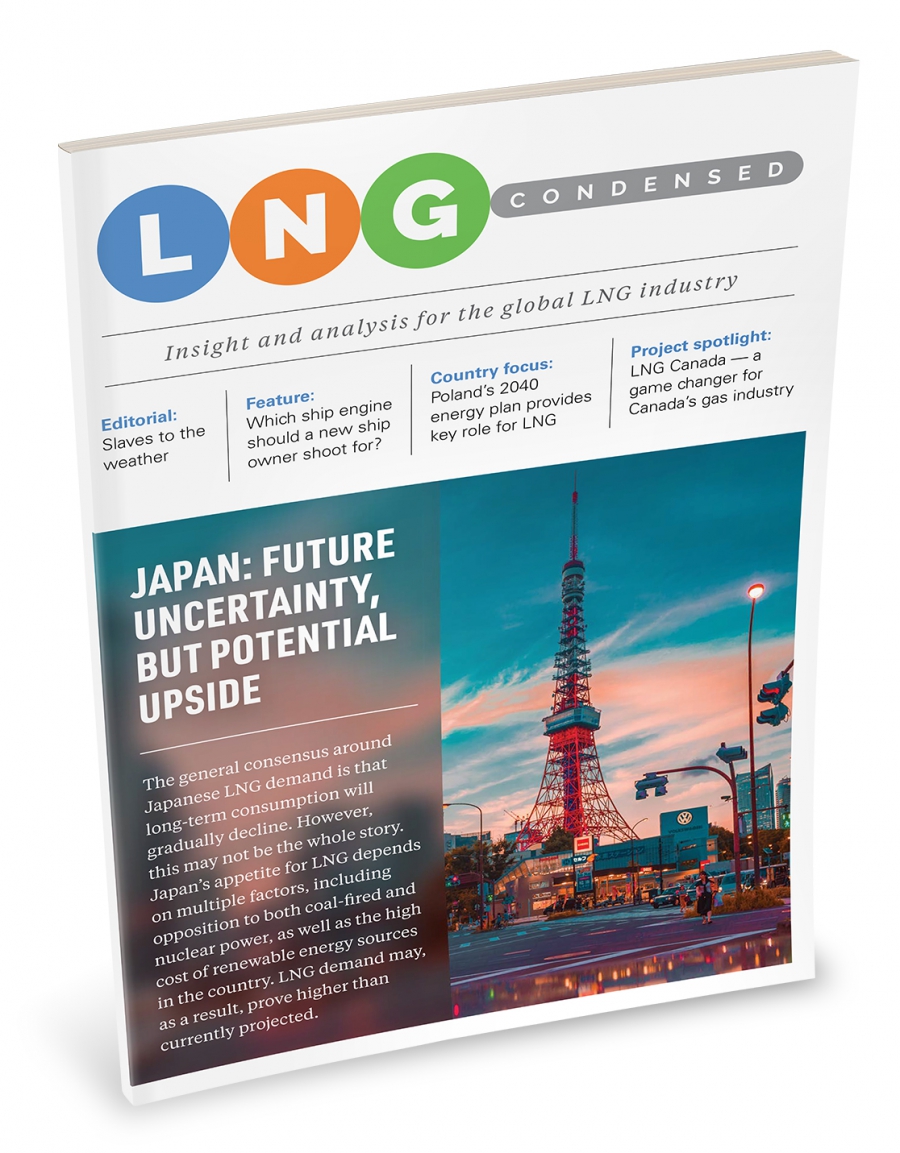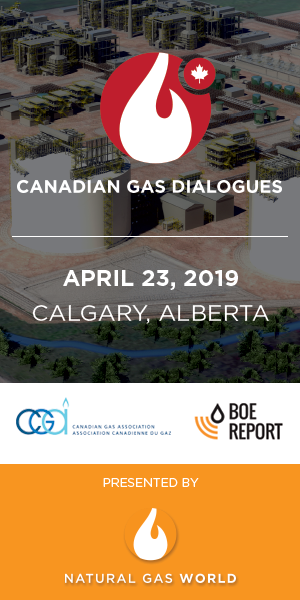Editorial: Slaves to the Weather [LNG Condensed]
A slump in Asia-Pacific spot LNG prices to $6.50/ mn Btu is not good news in February and underlines the heavy seasonality which the market has to deal with. At this level, the US-Asia LNG arbitrage is on the point of closure.
While not the only factor, the relative harshness of the northern hemisphere winter has a huge impact on LNG demand. China’s emergence as the second largest LNG importer has only served to accentuate this seasonality.
|
Advertisement: The National Gas Company of Trinidad and Tobago Limited (NGC) NGC’s HSSE strategy is reflective and supportive of the organisational vision to become a leader in the global energy business. |
The world’s three biggest LNG importers are all in North Asia: Japan, China and South Korea accounted for 55% of global LNG demand in 2017, while Europe, which accounted for a further 17% of demand, also sees gas consumption peak in the northern hemisphere winter.
South Korean customs data shows a drop in February 2018 LNG imports from about 4.5mn metric tons to just 2.7mn mt in both May and July. Data from Japan’s finance ministry shows the same pattern, with LNG imports highest in November 2017-March 2018 at around 8mn mt/ month, dropping to around 6mn mt/month in April-July.
Seasonality in Chinese LNG imports is no less pronounced although disguised to some extent by the strong upward curve in demand.
Storage might be seen as the answer, but this is not necessarily the case. A cold winter draws down stocks in tank, which then need to be replenished usually in the spring and summer, extending the higher pricing effects of a cold winter. Equally, warm weather sees fewer stock draws and thus less replenishment, extending the period of weak pricing.
There are some offsets to this seasonality but they are small and diminishing. Hotter countries and regions, for example in the Middle East and south Asia, tend to see power demand rise in summer months to meet air conditioning requirements as opposed to northern regions that see gas demand rise to meeting heating needs. As a result, both southern China and Taiwan can see peaks in LNG demand in July and August.
Then there is southern hemisphere winter demand which comes primarily from Chile, Brazil and Argentina, but they are small markets in comparison with the Asian LNG giants. LNG imports into the three countries fell from a peak of 13.15mn mt/yr in 2014 to 8.01mn mt/yr in 2017. Rising gas production in Argentina from its shale resources, associated gas produced in Brazil from its sub-salt oil development and the ability to export Argentinean gas to Chile all suggest that LNG imports into the Southern Cone will continue to decline.
MENA region LNG imports similarly have been challenged by the development of east Mediterranean gas.
How south Asia – India, Pakistan and Bangladesh -- fits into this picture will be interesting. Pakistani gas demand also tends to peak in the northern hemisphere winter, so little relief there, but Indian gas demand tends to peak in March-April and October-November. This perhaps reflects the country’s two main cropping seasons – kharif, which runs from July to October, and Rabi, which runs from October to March. Fertilizer production accounts for just under a third of Indian gas demand.
None of these offsets is enough, however, to counter the seasonality of north Asian LNG demand, and there appear to be few answers to this conundrum. A diversification of markets not just geographically but by use would provide, if not counter seasonal demand, then at least higher baseload consumption.
NOW AVAILABLE: Volume 1, Issue 2 - February 2019
 |
LNG Condensed brings you independent analysis of the LNG world's rapidly evolving markets. Covering the length of the LNG value chain and the breadth of this global industry, it will inform, provoke and enrich your decision making. Published monthly, LNG Condensed provides original content on industry developments by the leading editorial team from Natural Gas World. LNG Condensed is your magazine for the fuel of the future. |
Sign up now to receive LNG Condensed monthly FREE





